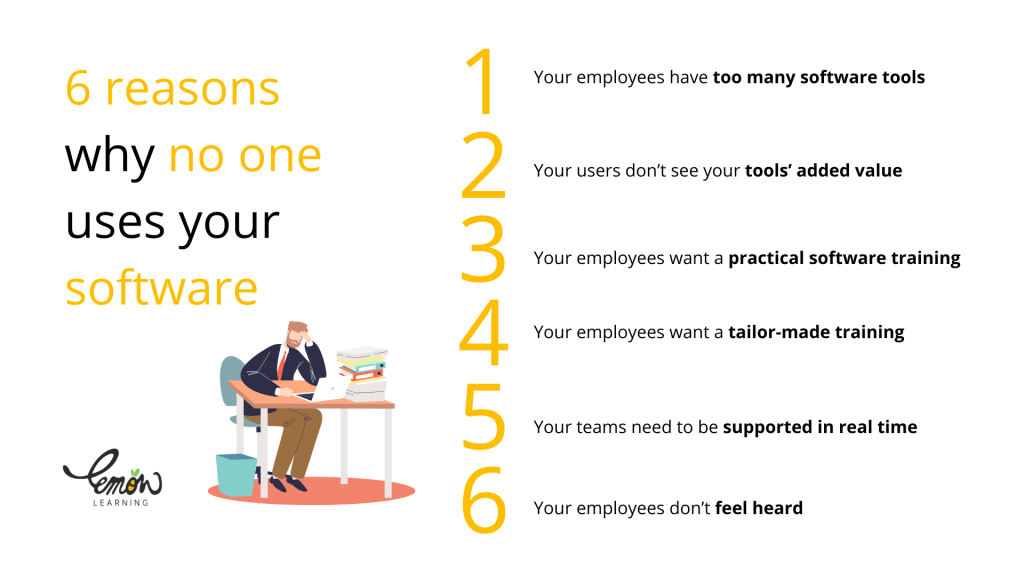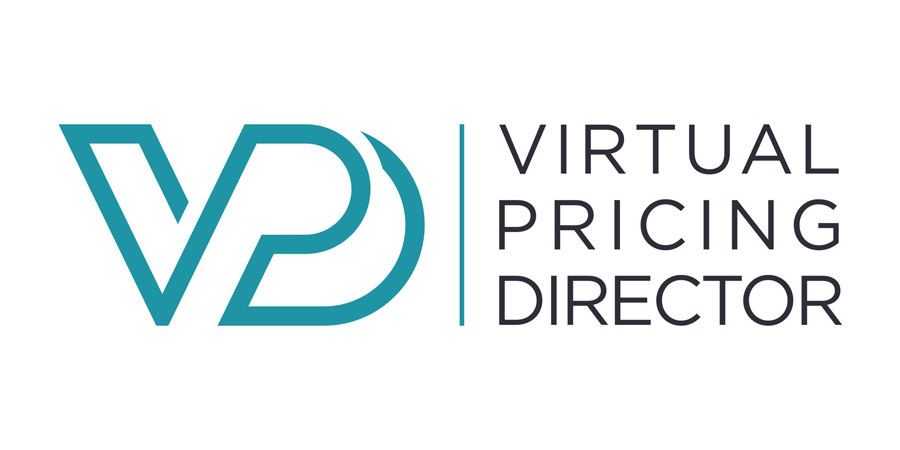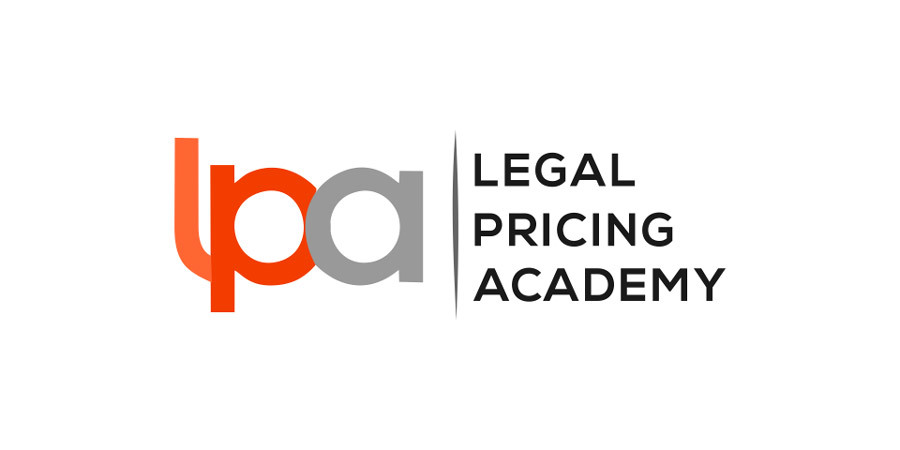Just as the profession’s approach to pricing has in recent years taken on a greater level of sophistication, so the same is happening in the emerging pricing technology solutions market.

But before you go down that track, there are two pivotal questions that the firm needs to ask and answer with clarity…
1. What objectives do we want the technology to achieve, and
2. Who will be using it to achieve those objectives?
There are two distinct audiences in a law firm involved in pricing. First, the finance team, commercial finance specialists, analysts, pricing directors, BD/bids teams and so forth.
They need to be able to price often very large projects and mandates, price key client work, support the panel/bid/tender process and provide high level data-driven strategic insights to the firm's leadership.
They already have for the most part, very deep capability with Excel, they have access to mountains of data and dashboards within the PMS and they frequently have at their disposal powerful data analysis and visualisation software like Power BI and Tableau. In short, they are already well served, as indeed they need to be given the crucial role they play.
And then there is the second group - the lawyers.
- We usually have nothing.
- Most of us will run a mile from spreadsheets,
- We have great trouble accessing immediately actionable data insights
- >95% of what we price, we must price ourselves with no commercial finance support.
- We ask ourselves, 'what do we normally charge for something like this?' or 'what did I charge on the last one?' and 'What do we think the job will stand?'
- We have no easy visibility into whether that previous work has been optimally resourced,
- We have no idea whether the previous work was profitable or not,
- We have no idea of how profitable the proposal we are preparing is (or isn't),
- We have no idea of the profitability/discount negotiation parameters within which to work, and
- We have no ready ability to monitor budget versus actual and monitor the profitability of the work in real time.
- We look for earlier examples, cutting and pasting furiously to get something out, often under intense client pressure.
Vast amounts of pricing are still based on nothing more than gut feel and whether the fee we have in mind passes some 'sniff test'. Not the best way to manage what is the life blood of every firm - its revenue.
In short, the lawyers are desperate for a piece of technology that they can use - easily, can be learned in an hour, is intuitive, reflects their thought processes, existing workflows and the realities of their working day and has just enough in the way of features and functionality to help them quickly get a competitive but profitable pricing proposal out the door, and the ability to easily monitor the budget in real time.
We are all familiar with ‘software bloat’. Microsoft Word tries to cater for everyone from novices to advanced users. It apparently has over 3,000 features comprised of buttons, dialogues, options, and galleries. Most of us use about 25-30 of them ie. about 1%. Once you get past Open, Save, Save-as, Copy, Cut, Paste, Delete, Format and a few other bits and pieces, most of us have exhausted our repertoire.
“The very best software is not the one that is over-engineered with features and functionality, but the one that solves the customer’s pain point with as few features as possible and is a joy to use”. Peter Thiel, founder of PayPal, billionaire tech investor.
Technology that solves the users pain point with as few distractions as possible is the hallmark of the best software. That's it.
Lawyers aren’t Luddites any more than anyone else, but equally we aren’t the fastest out of the gate to adopt new technology. And if you make it too complex, if it isn’t intuitive, or doesn’t reflect my way of working, if it needs several hours of training and a big manual, forget it.
In short if it doesn’t make my life easier, forget it. I won’t use it. If you have a pricing solution already, how many of your lawyers use it, regularly, on most of their matters? Yes, thought so.
And what is the business case for such a solution? Well, two things...
1. if 95% of all work in the firm is priced by the very people who are left to figure it out for themselves, does it not make sense to better equip them to do so?
2. brilliant work that pricing specialists and commercial finance professionals do, they tend to be fully consumed on the 'big ticket' stuff and rightly so. (Commercial Finance and Pricing: The Unsung Heroes). Supplement that with the right technology in the lawyers hands and you greatly amplify the reach of those commercial professionals across the business.
So yes, if you want your lawyers to price better, they need Virtual Pricing Director® - the only pricing solution in the market that was built by lawyers, for lawyers.
Oh, and obviously there is nothing stopping everyone else using VPD too.

